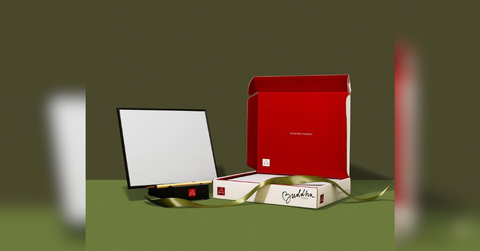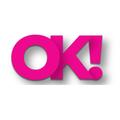 NEWS
NEWSBuddha Board Inventor Enlightens on the Rising Role of Art Therapy in Wellness

Nov. 13 2025, Published 1:45 a.m. ET
For centuries, people have turned to art as a form of healing. From cave paintings that told stories of survival to Renaissance portraits that revealed inner turmoil, creativity has always carried therapeutic weight. Today, art therapy, the structured use of creative expression to support emotional and mental well-being, is gaining renewed attention, thanks in part to the rise of the global wellness movement.
As consumers increasingly embrace holistic approaches to health, art therapy is finding its place alongside yoga, mindfulness apps, and meditation. According to the American Art Therapy Association, creative practices help reduce stress, foster self-awareness, and improve emotional regulation. Yet despite decades of research affirming its benefits, accessibility remains a barrier. Many people still lack awareness, confidence, or resources to seek out art therapy in a professional setting.
“Art therapy can feel intimidating for some,” says Eric Thrall, founder of Buddha Board. People may not be ready to see a therapist, or they might not have the time or money.
Art therapy combines creative activity with psychological principles to help individuals process emotions, manage stress, and gain perspective. Its benefits are both mental and physical. Thrall shares, “The benefits of creative expression are something anyone can tap into. It doesn’t have to be complicated, and it doesn’t have to be perfect.”
The act of painting, drawing, or sculpting has been shown to lower cortisol levels, helping individuals relax. Furthermore, creative expression provides a safe outlet for processing grief, trauma, and anxiety. Completing an art project, even a simple one, can foster a sense of accomplishment and control. Even studies have found art therapy improves focus, memory, and problem-solving skills and can even slow cognitive decline in older adults. For those with chronic pain, art-making can shift attention away from discomfort and promote a mind-body connection.
Because art therapy is non-verbal, it is especially valuable for individuals who struggle to articulate their emotions through words. It offers a way to externalize complex experiences in the most artistic manner. “Art lets us say what we can’t always put into words,” Thrall explains. “That’s why it’s so powerful, a release and a form of reflection, something that one can have fun with.”
Want OK! each day? Sign up here!
Despite its promise, art therapy has yet to reach its full potential. Professional sessions require trained therapists, scheduling, and often significant costs, factors that make it inaccessible to many. Others may feel hesitant about sharing their inner world in a structured clinical environment.
This is where tools like the Buddha Board enter the conversation. “The beauty of Buddha Board is that there’s no pressure,” Thrall says. “You’re not aiming for perfection or permanence. Whatever you create disappears. That’s liberating; it removes the fear of judgment or failure. It’s pure creative expression.”
One of the board’s most unique qualities is its focus on impermanence. Thrall compares it to the practice of Tibetan monks who spend weeks creating intricate sand mandalas, only to sweep them away upon completion. The act of letting go becomes part of the healing.
“In life, we’re constantly stressed about outcomes, what will happen if I succeed, or if I fail?” Thrall reflects. “With the Buddha Board, there is no outcome. It’s about the act itself, not the result. That shift in mindset can be deeply therapeutic.”
While professional art therapy requires guidance, Buddha Board allows people to explore the therapeutic benefits of creativity on their own terms. Not everyone can carve out an hour for therapy. Thrall shares, “But almost anyone can take five minutes to paint on a Buddha Board, whether they’re in the office, on a plane, or winding down before bed. It’s about meeting people where they are.”
For Thrall, the mission has always been bigger than the product. “We’ve seen the wellness industry explode over the past two decades,” he says. “That’s great in many ways. Our goal has always been to keep things simple, authentic, and accessible. Art therapy is for everyone, and tools like Buddha Board make that possible.”
As art therapy gains traction in the mainstream, pioneers like Eric Thrall offer a reminder that wellness doesn’t have to be complicated. Sometimes all it takes is a brush, some water, and a willingness to let go.
This article is for informational purposes only and does not substitute for professional medical advice. If you are seeking medical advice, diagnosis or treatment, please consult a medical professional or healthcare provider.


